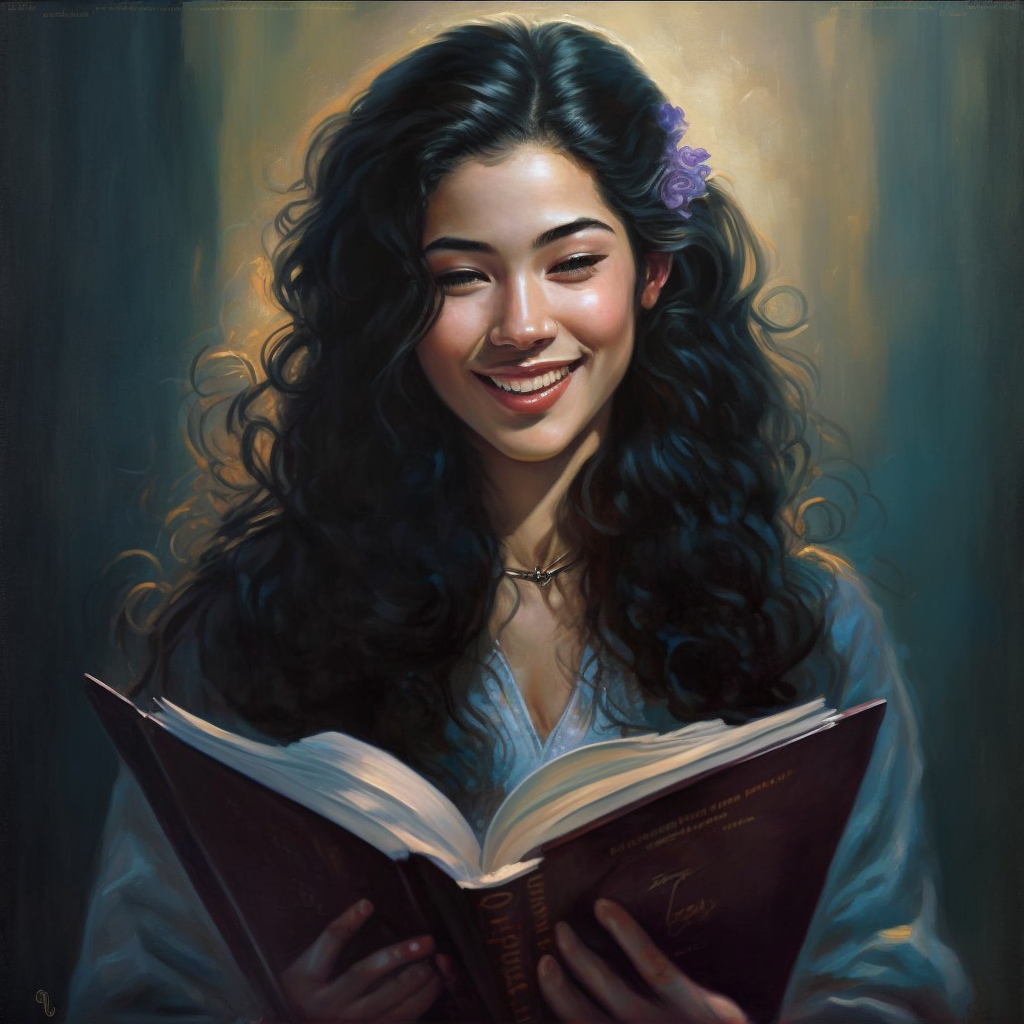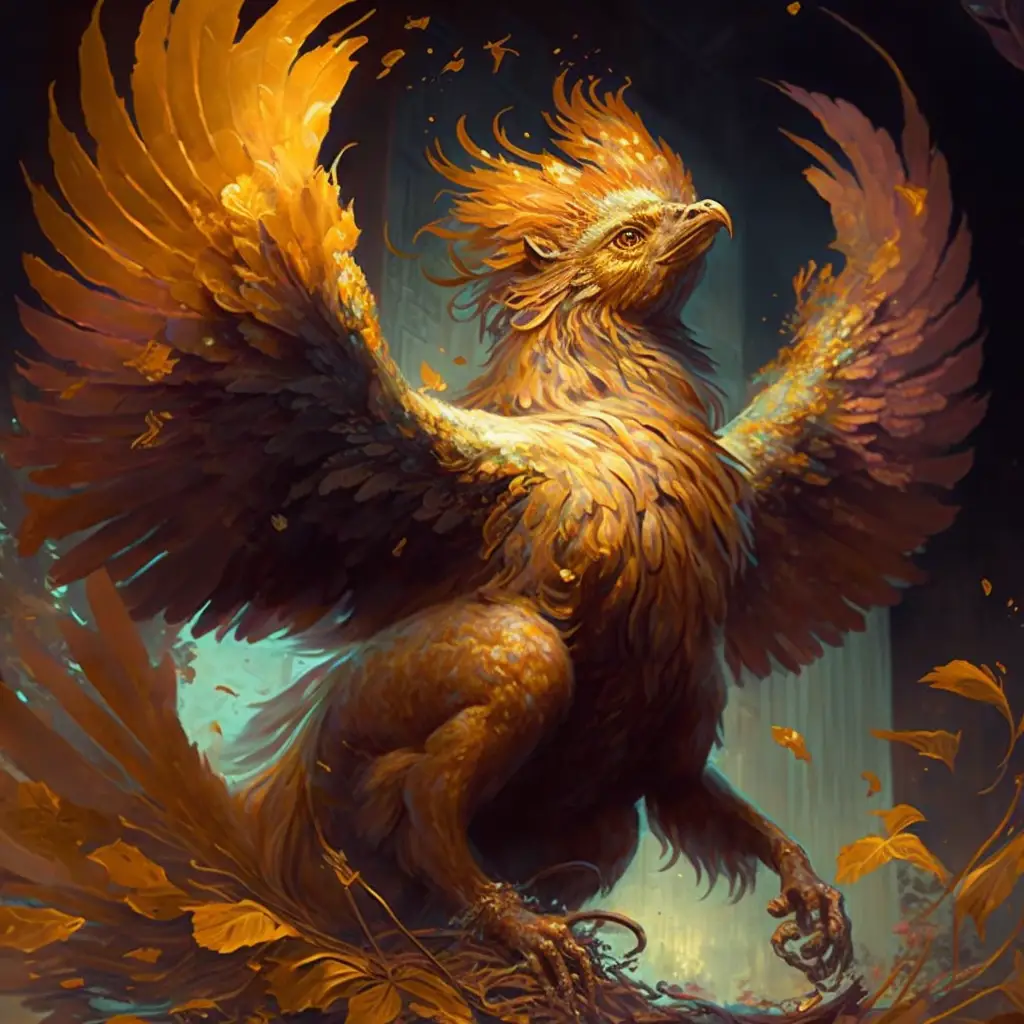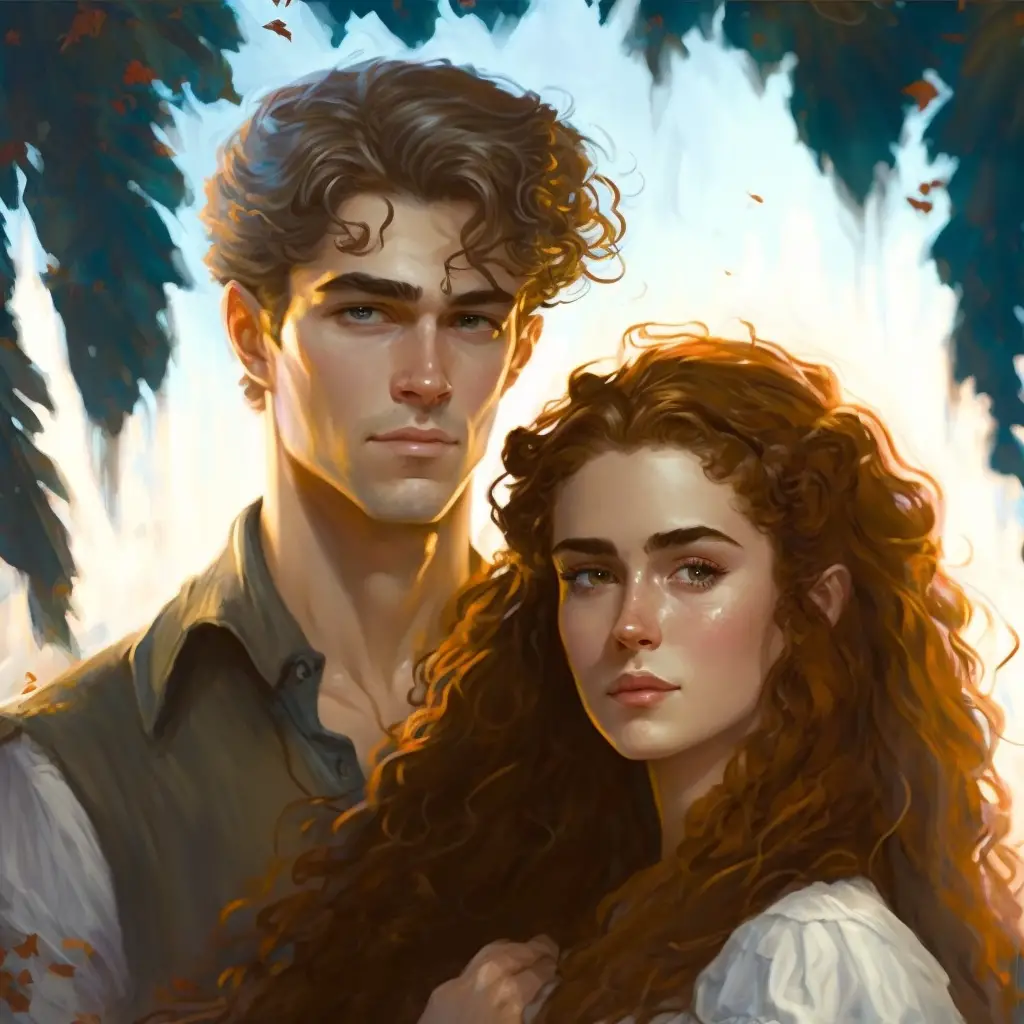If you’re a reader looking to keep a reading journal but aren’t sure what to include, one way to get started is to focus on specific genres.
Different genres of books often have their own unique themes, tropes, and conventions, and by focusing on a specific genre in your reading journal, you can explore these elements in more depth and reflect on how they impact your reading experience.
Here are a few reading journal ideas for different genres:
- Romance Reading Journal: If you’re a fan of romance novels, you might consider including prompts that focus on the romance plot and character development.
- Some ideas might include:
- Character profiles: Create a character profile for each of the main characters, including their background, personality, and goals.
- Love triangle: If the book includes a love triangle, consider exploring the different dynamics and how they impact the plot.
- Happy endings: Reflect on whether you feel the ending was satisfying and why.
- Some ideas might include:

- Mystery/Thriller Reading Journal: If you enjoy mystery or thriller novels, you might consider including prompts that focus on the plot and solving the mystery.
- Some ideas might include:
- Suspects: Create a list of suspects and consider the clues and evidence for and against each one.
- Red herrings: Reflect on any red herrings or false leads and how they impacted your understanding of the plot.
- The twist: If the book includes a twist, consider how it changed your understanding of the plot and characters.
- Some ideas might include:
- Fantasy Reading Journal: If you’re a fan of fantasy novels, you might consider including prompts that focus on world-building and magic systems.
- Some ideas might include:
- Map: Create a map of the fantasy world and consider the geography, cultures, and political systems.
- Magic systems: Reflect on the magic systems and how they are used in the plot.
- Creatures: Create a list of the different creatures and consider their role in the world and the plot.
- Some ideas might include:
- Nonfiction Reading Journal: If you enjoy nonfiction books, you might consider including prompts that focus on the content and themes of the book.
- Some ideas might include:
- Key takeaways: Reflect on the key takeaways and how they relate to your own life or interests.
- Expert opinions: Consider the expert opinions and how they impact your understanding of the topic.
- Personal connections: Reflect on any personal connections you have to the topic and how it impacted your reading experience.
- Some ideas might include:
- Young Adult Reading Journal: If you enjoy Young Adult novels, you might consider including prompts that focus on the coming-of-age themes and character development.
- Some ideas might include:
- Character growth: Reflect on the main character’s growth and how it impacted the plot.
- Romance: If the book includes a romance plot, consider how it affects the main character’s growth and development.
- Friendship: Reflect on the friendships in the book and how they impact the plot and characters.
- Social issues: Consider any social issues addressed in the book and how they impact the plot and characters.
- Some ideas might include:
By focusing on specific genres in your reading journal, you can explore the elements that are unique to that genre and reflect on how they impact your reading experience. Whether you’re a fan of romance, mystery, fantasy, nonfiction, or Young Adult, there are many ways to create a reading journal that works for you.
Reading Journal Ideas for the Fantasy Genre
Fantasy is my favorite genre! It’s true that I’ve discussed some reading journal ideas for the fantasy genre above.
However, here are more reading journal ideas specifically for the fantasy genre:
- World-building: One of the key elements of many fantasy stories is the creation of a fully-realized world. Consider including prompts that help you explore and understand the world-building in the book. Some ideas might include:
- Map: Create a map of the fantasy world and consider the geography, cultures, and political systems.
- Magic systems: Reflect on the magic systems and how they are used in the plot.
- Creatures: Create a list of the different creatures and consider their role in the world and the plot.
- Societal norms: Consider the societal norms and how they differ from our own world.

- Character development: Another important element of fantasy stories is character development. Consider including prompts that help you explore the characters and their arcs. Some ideas might include:
- Character profiles: Create a character profile for each of the main characters, including their background, personality, and goals.
- Character growth: Reflect on the character’s growth and how it impacted the plot.
- Character relationships: Consider the relationships between the characters and how they impact the plot and character development.
- Plot and conflict: The plot and conflict in a fantasy story is often driven by the world-building and character development. Consider including prompts that help you explore these elements in more depth. Some ideas might include:
- The central conflict: Reflect on the central conflict and how it is resolved.
- Subplots: Consider any subplots and how they impact the main plot.
- Themes: Explore the themes of the book and how they are expressed through the plot and characters.
By including prompts that focus on these elements, you can gain a deeper understanding of the fantasy genre and how it impacts your reading experience.
Reading Journal Ideas for the Young Adult Genre
In this section, I’ll go more in-depth about what you could potentially write for this popular story type.
Here are a few reading journal ideas specifically for the Young Adult genre:
- Character development: Young Adult stories often focus on the characters’ growth and development as they navigate the challenges of adolescence. Consider including prompts that help you explore these elements.
- Some ideas might include:
- Character profiles: Create a character profile for each of the main characters, including their background, personality, and goals.
- Character growth: Reflect on the character’s growth and how it impacted the plot.
- Character relationships: Consider the relationships between the characters and how they impact the plot and character development.
- Some ideas might include:

- Coming-of-age themes: Young Adult stories often explore themes related to growing up and finding one’s place in the world. Consider including prompts that help you explore these themes.
- Some ideas might include:
- Personal growth: Reflect on how the main character grows and changes over the course of the book.
- Identity: Consider the main character’s sense of identity and how it evolves throughout the story.
- Social issues: Explore any social issues addressed in the book and how they impact the plot and characters.
- Some ideas might include:
- Romance: Many Young Adult stories include a romance plot, and this can be a key part of the character’s growth and development. Consider including prompts that focus on the romance plot.
- Some ideas might include:
- Love triangle: If the book includes a love triangle, consider exploring the different dynamics and how they impact the plot.
- Romantic relationships: Reflect on the romantic relationships in the book and how they impact the plot and characters.
- Happy endings: Consider whether you feel the ending was satisfying and why.
- Some ideas might include:
Conclusion
A reading journal is a way to track your reading and discover new books, authors, genres, characters and even plots.
It’s also a great way to learn more about storytelling by looking at the structure of how stories are written.
A reading journal is a place to write down your thoughts about the books you’ve read, whether it be fiction or nonfiction. It’s also a way to keep track of all the books you want to read. With a reading journal, you can record information such as the title, author and what type of book it is (fiction or nonfiction).

